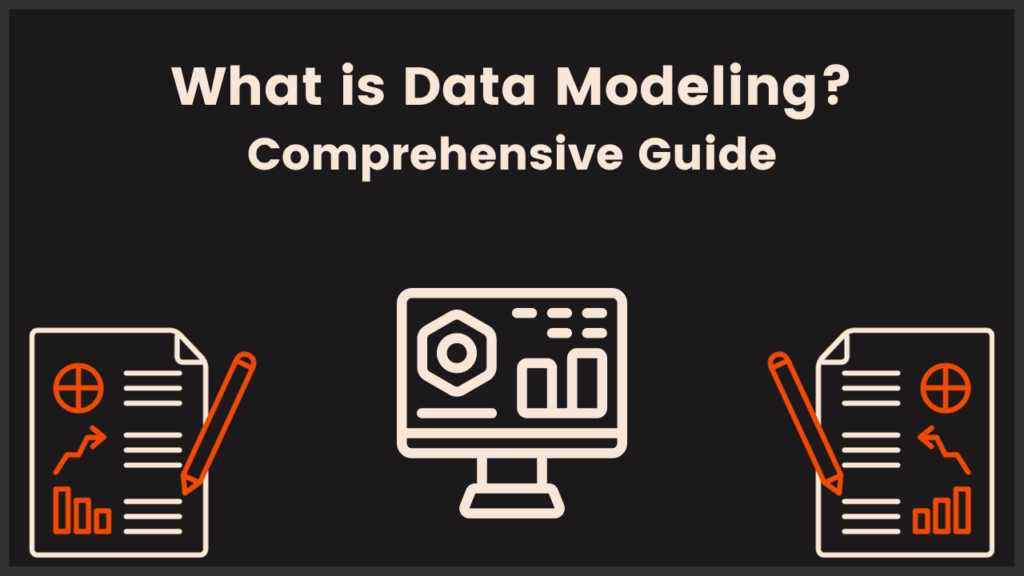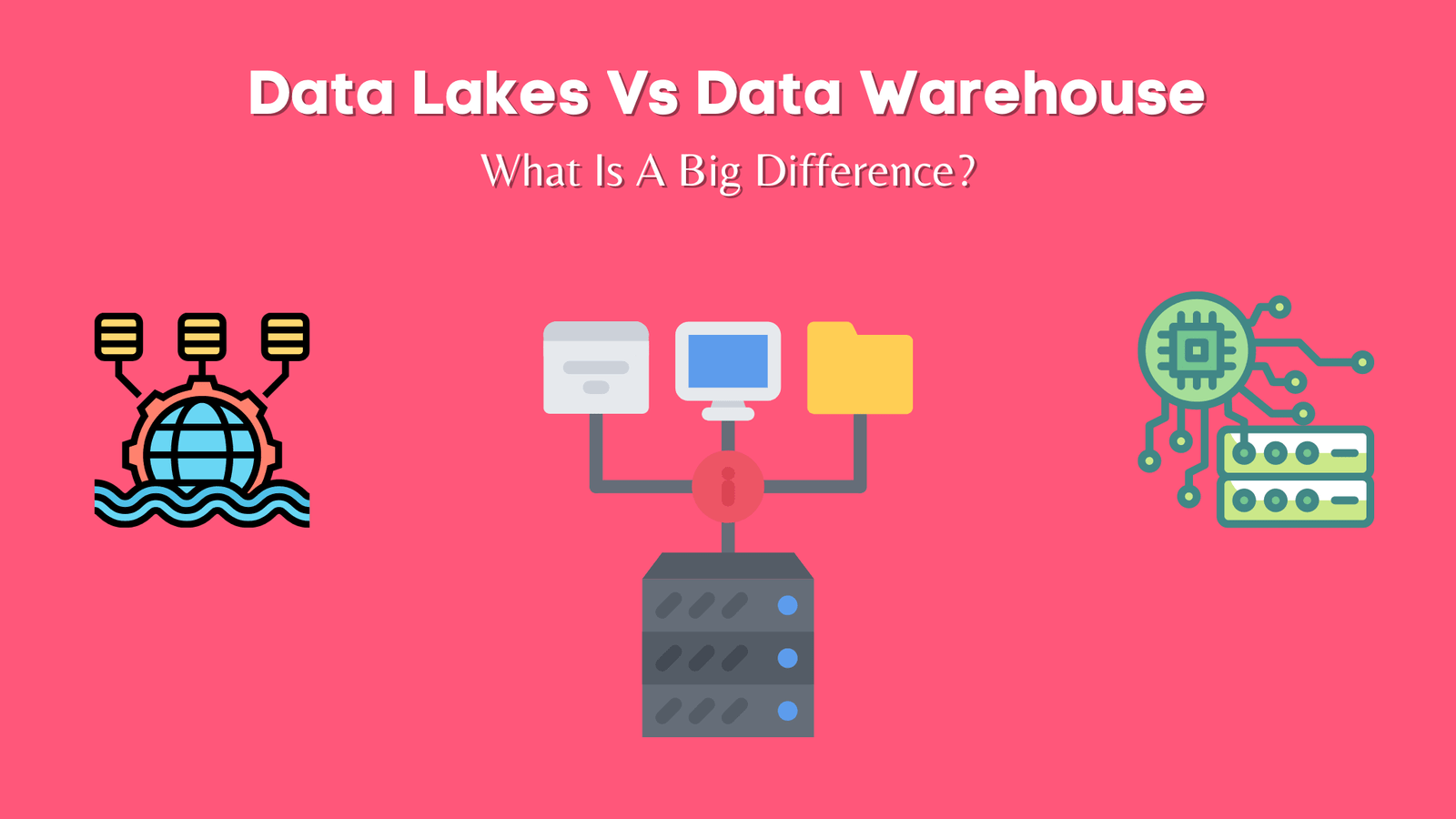In this article, we will explore what data modeling is, its significance, and various examples to illustrate its real-world applications.
Data modeling is a fundamental concept in the field of database management and information systems.
It is a process that helps organizations structure, organize, and represent their data in a way that makes it accessible, understandable, and efficient to use.
Understanding Data Modeling
Data modeling involves creating a visual or mathematical representation of data, often in the form of diagrams or schemas, to define how data is structured and the relationships between different data elements.
The primary goals of data modeling are as follows:
- Organization: Data modeling helps structure data, making it easy to organize and manage. It defines how data elements are stored, related, and accessed within a database or system.
- Clarity: It provides a clear and visual representation of data, helping stakeholders understand the data’s meaning, context, and structure.
- Efficiency: Data models enhance data retrieval and manipulation processes, making it more efficient for applications and users to work with the data.
- Scalability: By planning the data structure, data modeling allows for the scalability of systems as they can easily adapt to changing data requirements.
- Consistency: Data models help ensure data consistency by defining data integrity rules and constraints.
Types of Data Models
There are several types of data models, each serving a specific purpose.
Here are three of the most commonly used data models:
- Conceptual Data Model: This type of data model represents high-level, abstract concepts and relationships between them. It is often used during the initial stages of system design and provides a top-down view of the data.
- Logical Data Model: A logical data model defines the structure of data without considering the specific database management system or technology. It focuses on the data’s integrity, relationships, and attributes.
- Physical Data Model: The physical data model gets into the specifics of how data is implemented within a particular database management system. It includes details like data types, indexing, and storage considerations.
Real-World Examples of Data Modeling
Real-world examples of data modeling include structuring an e-commerce database to manage product information, designing a healthcare system to maintain patient records and medical histories, and creating a social media platform’s data model to represent user profiles and connections.
1. Online Retail Inventory Management
Imagine a large online retail store that needs to manage its inventory efficiently.
A data model for this scenario would include tables representing products, suppliers, warehouses, and orders.
Relationships between these tables would define how products are associated with suppliers and how orders impact inventory levels.
Such a model enables the system to track stock levels, manage reorders, and optimize inventory management.
2. Hospital Patient Management System
Hospitals deal with a vast amount of patient data daily.
A data model for a hospital’s patient management system would include entities like patients, doctors, medical records, and appointments.
It would define how patients are assigned to doctors, how medical records are linked to patients, and how appointments are scheduled.
This data model helps streamline patient care, ensuring that patient information is readily available to healthcare providers.
3. Social Media User Profile
Social media platforms like Facebook, Twitter, and Instagram rely on data models to manage user profiles and the relationships between users.
A user data model would include entities for users, posts, comments, likes, and friendships.
Relationships between these entities allow the platform to display a user’s posts, comments from friends, and more. This data model is crucial for delivering a personalized user experience.
4. E-commerce Recommendation Engine
E-commerce websites often employ recommendation engines to suggest products to users.
These engines use data modeling to understand user behavior and preferences.
The data model would involve user profiles, product details, purchase history, and user interactions.
Through this model, the recommendation engine can analyze user actions and provide personalized product recommendations.
5. Financial Banking System
Banks and financial institutions use data models to manage customer accounts, transactions, and financial products.
A data model for a banking system includes entities like customers, accounts, transactions, and loans.
It defines how transactions impact account balances, how loans are associated with accounts, and how customer information is linked to accounts.
This data model ensures the accuracy and security of financial operations.
Why is Data Modeling Required?
Data modeling is required for several important reasons, and it plays a fundamental role in database management, system design, and data-driven decision-making.
Here are some key reasons why data modeling is essential:
- Data Organization and Structure: Data modeling helps in organizing and structuring data. It defines how data elements relate to each other and how they should be stored within a database or system. This structure is crucial for efficient data management and retrieval.
- Clarity and Understanding: Data models provide a clear and visual representation of data. They help stakeholders, including business analysts, developers, and decision-makers, understand the data’s meaning, context, and relationships. This clarity is essential for making informed decisions and effectively using data.
- Efficient Data Retrieval: Well-designed data models optimize data retrieval processes. They define relationships between data elements and help applications and users access the data efficiently. This, in turn, leads to faster response times and better performance.
- Data Quality and Integrity: Data models enforce data integrity rules and constraints. They specify the data types, allowed values, and relationships, which helps ensure that data is accurate, consistent, and adheres to predefined standards.
- Scalability: A carefully designed data model allows systems to scale smoothly as data requirements change or grow. It provides a framework that makes it easier to adapt to evolving data needs without major disruptions to existing systems.
- Communication and Collaboration: Data models serve as a common language for both technical and non-technical stakeholders. They facilitate communication between different teams, helping them understand and agree on data requirements, structures, and relationships. This reduces misunderstandings and ensures that everyone is on the same page.
- Data Governance: Data models are a critical component of data governance. They play a key role in managing data assets, ensuring data quality, and complying with regulatory requirements. Data governance policies can be enforced through the constraints and rules defined in data models.
- Data Analysis and Reporting: Data models are used to structure data for analysis and reporting purposes. They define how data should be organized for business intelligence tools, making it easier to extract insights and generate reports.
- Consistency and Standardization: Data modeling promotes consistency in how data is structured and stored across an organization. This standardization simplifies data management, maintenance, and integration with other systems.
- Decision Support: Data models enable organizations to make data-driven decisions. By representing data in a structured and understandable manner, data models help organizations analyze information more effectively and make informed choices.
Tools for Data Modeling
To create data models, various software tools are available, each with its unique features and capabilities.
Some of the popular data modeling tools include:
- ERwin Data Modeler: Offers a wide range of data modeling capabilities, including forward and reverse engineering, database design, and integration with other data management tools.
- Microsoft Visio: A diagramming tool that can be used for creating simple data models, especially in smaller projects.
- IBM InfoSphere Data Architect: Provides extensive data modeling features, along with integration capabilities for data governance and lineage analysis.
- Oracle SQL Developer Data Modeler: A tool specifically tailored for Oracle database users, offering advanced modeling and design features.
- Lucidchart: A web-based diagramming tool suitable for collaborative data modeling and visualization.
Related Article: Data Migration From On-Premise to Cloud: How it Works?
Conclusion
Data modeling is a fundamental concept in information technology and database management.
It plays a crucial role in helping organizations structure, organize, and understand their data.
By creating clear and efficient representations of data, organizations can improve data management, data retrieval, and overall system efficiency.
The real-world examples provided demonstrate the versatility and applicability of data modeling across various domains, from e-commerce and healthcare to social media and finance.
When used effectively, data modeling can significantly enhance an organization’s ability to leverage its data for better decision-making and operational efficiency.
In summary, data modeling is essential because it provides a structured approach to data management, ensures data quality and consistency, facilitates efficient data retrieval, and supports data-driven decision-making.
Whether it’s for designing databases, developing software applications, or improving data governance, data modeling is a critical process that helps organizations leverage their data assets effectively.
Related Article: Data Warehousing: Comprehensive Guide

Meet Nitin, a seasoned professional in the field of data engineering. With a Post Graduation in Data Science and Analytics, Nitin is a key contributor to the healthcare sector, specializing in data analysis, machine learning, AI, blockchain, and various data-related tools and technologies. As the Co-founder and editor of analyticslearn.com, Nitin brings a wealth of knowledge and experience to the realm of analytics. Join us in exploring the exciting intersection of healthcare and data science with Nitin as your guide.










